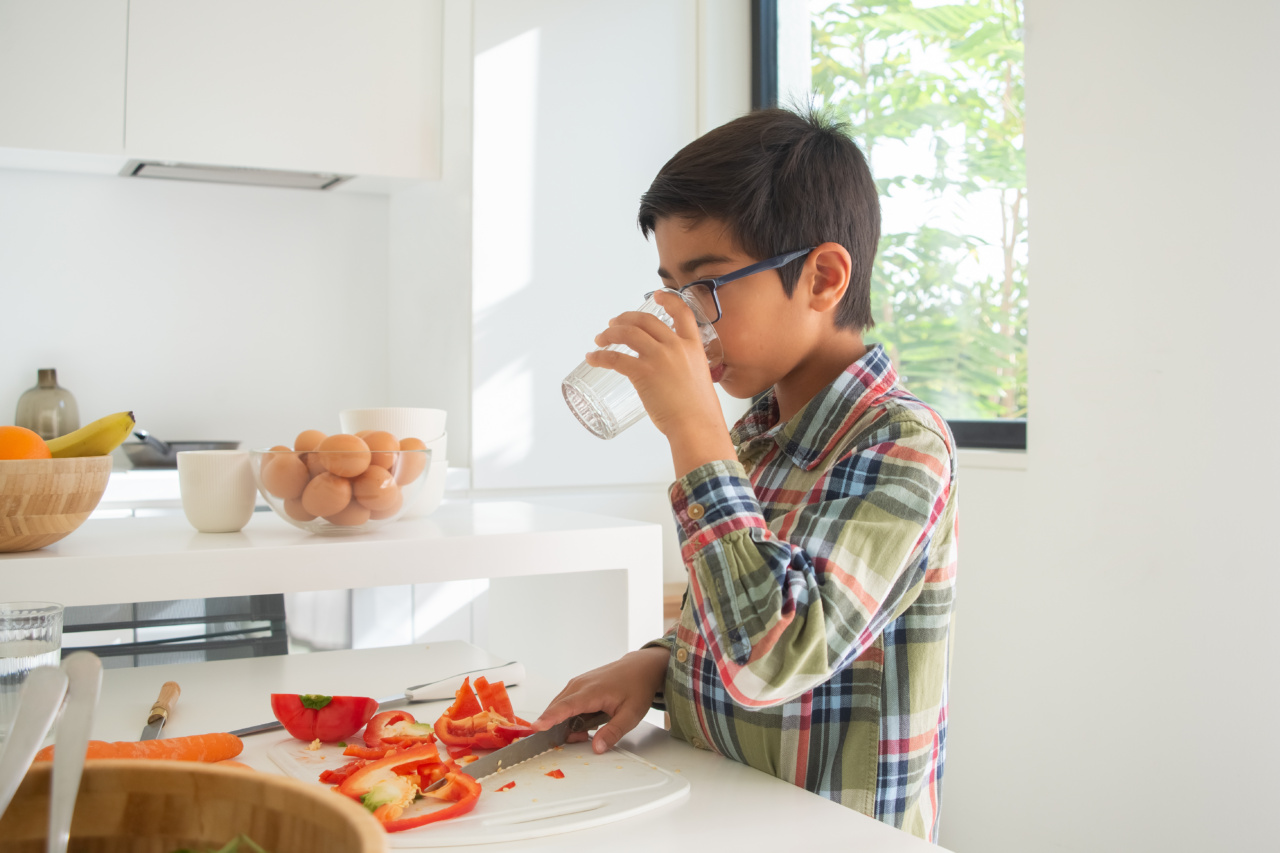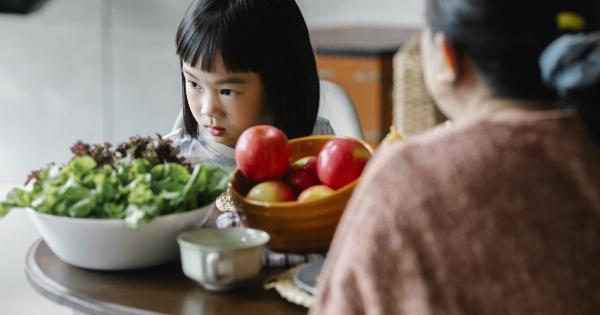Getting kids involved in the kitchen can have a positive impact on their eating habits, especially when it comes to vegetables.
Encouraging children to participate in meal preparation and cooking can expose them to a variety of vegetables and increase their consumption of these healthy and nutritious foods. In this article, we will explore why getting kids in the kitchen promotes vegetable consumption and how parents can foster this habit effectively.
The Benefits of Involving Kids in the Kitchen
When children actively participate in the kitchen, they develop a sense of ownership and pride in the food they help prepare. This involvement can lead to several benefits:.
1. Increased Vegetable Exposure
By involving children in meal preparation, parents can introduce them to a wider variety of vegetables. Kids who are exposed to different vegetables at an early age are more likely to develop a taste for them.
This exposure can increase their acceptance and consumption of vegetables in the long run.
2. Developing Healthy Eating Habits
When kids are engaged in cooking, they become more aware of the ingredients used in their food. This awareness can lead to healthier choices and an overall improvement in their eating habits.
Children who are involved in meal preparation are more likely to understand the importance of a balanced diet and make conscious decisions in favor of vegetables.
3. Learning about Nutrition
Being in the kitchen provides a unique opportunity for kids to learn about the nutritional value of different foods, including vegetables. Parents can take this chance to explain the importance of vitamins, minerals, and fiber found in vegetables.
Exploring the nutritional benefits of vegetables can make children appreciate their role in maintaining good health.
4. Building Important Life Skills
When kids participate in cooking, they develop essential life skills such as reading recipes, measuring ingredients, and following directions.
These skills not only help them in the kitchen but also teach valuable lessons applicable to other areas of life. Children become more self-reliant and confident as they master these skills, which can positively impact their overall development.
5. Quality Family Time
Cooking together as a family creates a wonderful bonding experience. It allows parents and children to spend quality time together, sharing stories, and creating lasting memories.
The kitchen becomes a place of connection and communication, fostering strong family relationships. Such positive associations with food and cooking can have a lasting impact on a child’s relationship with vegetables.
How to Get Kids Involved in the Kitchen
Now that we understand the benefits, let’s explore how parents can effectively get their kids involved in the kitchen:.
1. Start Early
Introduce your children to the kitchen at an early age. Even toddlers can assist with simple tasks like washing vegetables or stirring ingredients under adult supervision.
As they grow older, gradually increase their responsibilities and tasks in the kitchen.
2. Make it Fun
Create a fun and inviting environment in the kitchen. Use colorful utensils, aprons, and child-friendly kitchen gadgets. Play their favorite music or share interesting facts about vegetables to keep them engaged and entertained.
The more enjoyable the experience, the more likely they are to want to participate.
3. Give Them Choices
Involve your kids in meal planning and grocery shopping. Allow them to choose which vegetables they want to include in a dish or give them options for healthy toppings and spreads.
Giving children a sense of autonomy and ownership encourages them to be more enthusiastic about eating and cooking with vegetables.
4. Age-Appropriate Tasks
Assign age-appropriate tasks to your kids in the kitchen. Younger children can help with washing, peeling, or tearing leafy vegetables. Older kids can graduate to chopping, measuring ingredients, or even following simple recipes under supervision.
Gradually increasing their responsibilities ensures they feel capable and trusted.
5. Lead by Example
Children learn best by observing and imitating their parents or caregivers. Be a role model by regularly cooking with vegetables and enjoying them yourself.
Show excitement and appreciation for vegetables during family meals to encourage your kids to follow suit. Lead by example to instill a positive attitude towards vegetables.
6. Be Patience and Encouraging
Children may not immediately enjoy every vegetable or activity in the kitchen. Be patient with their progress and encourage their efforts. Praise their contributions and celebrate their small achievements.
Creating a supportive and non-judgmental environment helps foster a positive relationship between kids and vegetables.
7. Play with Presentation
Make vegetables visually appealing by playing with their presentation. Encourage your kids to create fun and colorful veggie platters, salads, or arrange vegetables in unique ways.
Experiment with different cooking methods, such as roasting, grilling, or steaming, to enhance the flavors and textures of vegetables.
8. Plant a Kitchen Garden
Consider growing a small kitchen garden or having potted herbs and vegetables in your home. Children will be excited to see their plants grow and harvest their own produce.
Involving them in the gardening process promotes a deeper connection with nature and a greater appreciation for fresh and homegrown vegetables.
9. Make Healthy Swaps
Encourage your kids to suggest healthy swaps in their favorite recipes. For example, they can substitute mashed cauliflower for mashed potatoes or zucchini noodles for regular spaghetti.
Involving them in making these substitutions empowers them to actively participate in creating healthier versions of their favorite dishes.
10. Explore New Recipes
Keep the kitchen experience exciting by exploring new recipes together. Invite your kids to browse cookbooks, websites, or cooking shows for interesting vegetable-centric recipes.
Trying new dishes introduces them to diverse flavors and expands their palate, making them more open to consuming different vegetables.
Conclusion
Getting kids involved in the kitchen is a powerful way to promote vegetable consumption and develop healthy eating habits.
By creating a positive and engaging cooking environment, parents can expose their children to a variety of vegetables, teach them about nutrition, and build essential life skills. With patience, encouragement, and creativity, parents can foster a lifelong love for vegetables in their kids while enjoying quality family time together.



























